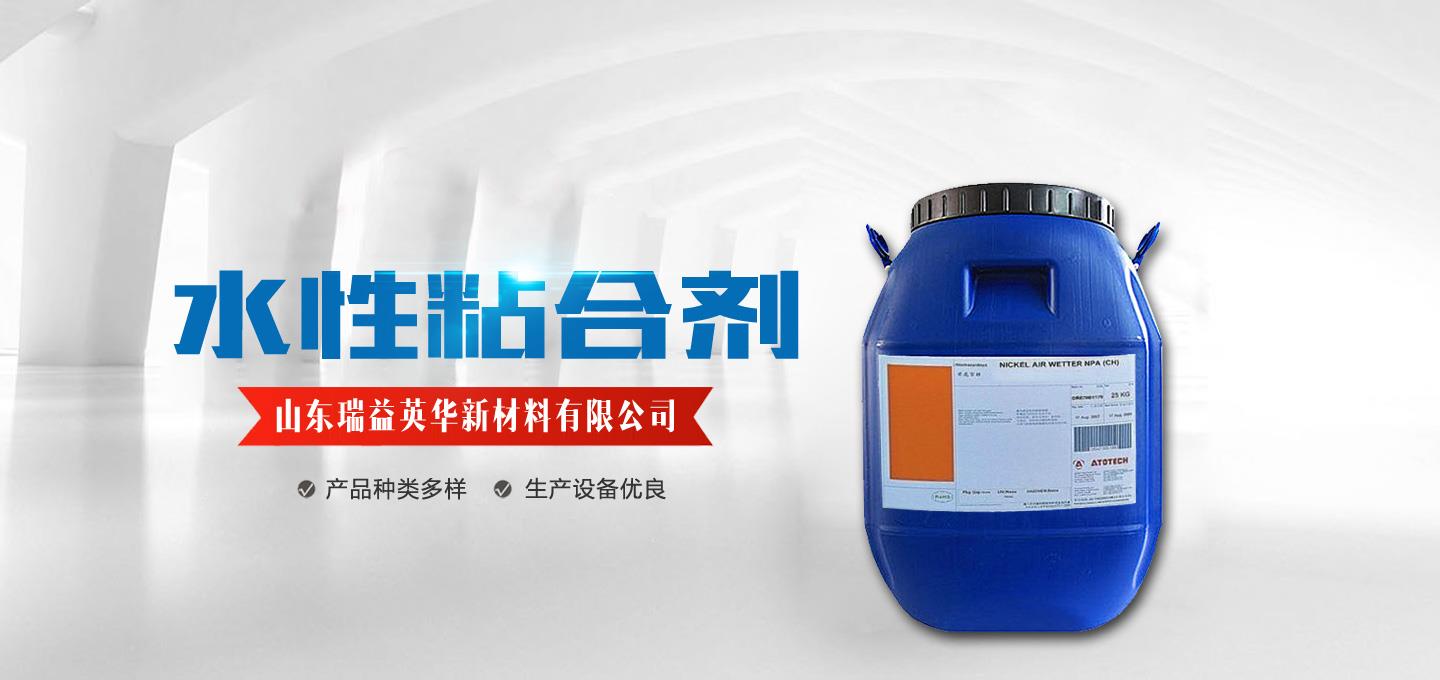0010010 nbsp; 0010010 nbsp; 0010010 nbsp; 1, alkali swelling
It means that the molecular chain contains carboxyl groups and thickens the emulsion by adding alkaline substances such as ammonia.
Most of the emulsion polymerization will introduce carboxyl groups. Under acidic conditions, the pH of the emulsion is low, and the carboxyl groups on the surface of the latex particles cannot be ionized. Except for the ionization of the anionic emulsifier on the macromolecular chain, there is basically no negative charge and no charge. Between, colloidal particles are in a state of non-interference. As the pH becomes higher, the carboxyl groups on the surface of the colloidal particles are ionized, and the latex particles begin to swell with water. When the added alkaline material is sufficient, the carboxyl groups are completely dissociated, and the charge makes the intermolecular repulsion larger, and the macromolecular chain gradually expands from a curled state into a straight line. In the state, water molecules enter the particle spreading layer, which makes the surface volume larger, hinders the mobility of water molecules, and makes the viscosity of the entire emulsion system larger.
There is another way of saying that the stretched parts of the molecular chain are entangled with each other, and the entire molecular dispersed phase forms hydrogen bonds, and the hydrogen bonds increase the viscosity. Emulsions that increase viscosity by adding alkali are usually brighter blue after neutralization. Some increase the viscosity through the introduction of carboxyl groups on the molecular chain and cannot reach the required viscosity. An alkali-swelled thickener will be added. This type of acrylic monomer and a small amount of acrylate monomer synthesize a high carboxyl content emulsion, plus thickening, the principle is the same as above .
2, cellulose thickener increases the viscosity of the emulsion
Cellulose is a natural water-soluble polymer chemical substance. Its principle is that its hydrophobic backbone is adsorbed on the surface of latex particles to form a protective layer. The hydrophilic part is associated with the surrounding water molecules through hydrogen bonding to reduce the activity space of the rubber particles Viscosity. This type of thickener is often used in the synthesis of vinegar-acrylic emulsion, used as a protective colloid, and has a cloudy appearance with blue light. The disadvantage is that the water resistance of the coating film becomes poor.
3, polyurethane thickener increases emulsion viscosity
Polyurethane thickener thickens the water phase and latex particles respectively. Due to the hydrophilic and hydrophobic groups in its molecular structure, it has certain surfactant properties. The water in the emulsion can make it form micelles and form a network structure with the latex particles, which makes the macromolecular chains difficult to move and achieve a thickening effect. This kind of thickener can double the viscosity of thickened emulsion. It is commonly used to thicken VAE emulsion. Adding 5% can make the viscosity from 5 000mPa.s to 10 Ten thousand mPa.s, the emulsion becomes cloudy and white without thickening after thickening.
This article mainly describes several ways of thickening acrylic emulsion, which can be thickened by alkali swelling, external cellulose, polyurethane type thickener and so on.

Related News
- How to choose a better quality glue
- What are the characteristics and precautions of window glue?
- What are the uses of aluminum foil tape?
- What should be paid attention to when using water-based varnish?
- What are the advantages of water-based varnish?
- Common faults and solutions of water-based varnish
- What factors affect the gloss of water-based varnish
- Reasons and solutions for spotting of aluminum coating film glue
- Why does the internal stress of the glue cause displacement of the compounding of the aluminized film glue?
- Brief introduction of aluminum foil adhesive
- How do we choose water-based varnish
- Method for measuring the viscosity of acrylic emulsion
- Full analysis of hardcover mounting glue
- Acrylic emulsion factory introduces some construction considerations of the playground
- Understand the basic knowledge of aluminum foil adhesive
- Application of acrylic emulsion adhesive
- Definition and characteristics of laminating adhesive
- How to use pure water-based sealant
- How to choose the right glue
- Application control of water-based varnish and introduction of precautions


